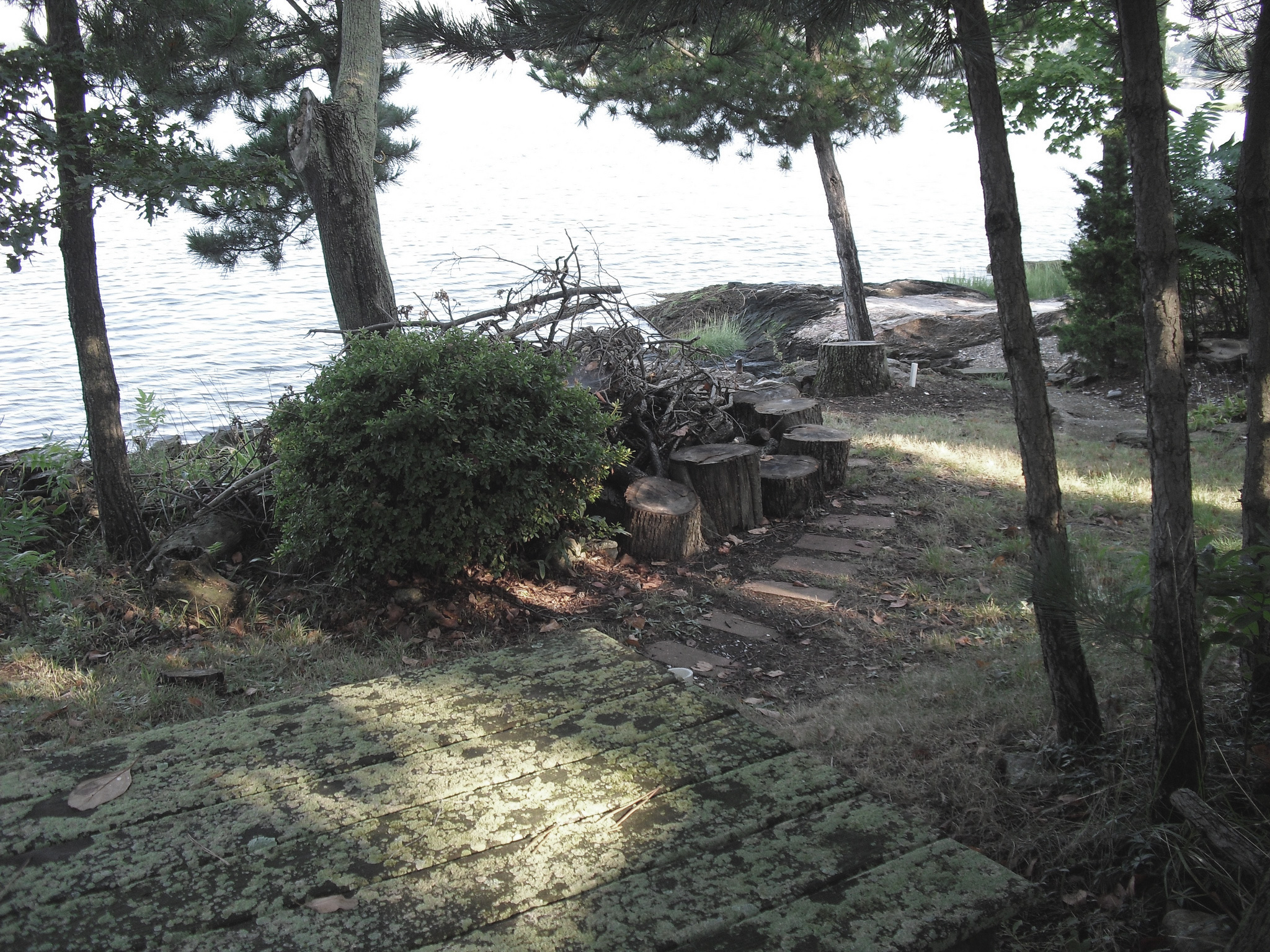New York Times
November 14, 2004
Saving The Sound
Long Island Sound is one of America’s great estuaries. Rich in marine and
bird life, ringed by bays and wetlands, it provides jobs, recreation and aesthetic pleasure. It is also under constant stress. Flanked on one side by Long Island, on the other by Westchester and Connecticut, the Sound extends 110 miles through the densest population corridor in America; if it is rich with nature’s bounty, it is also poorer for the contaminants generated by the 20 million people who live within 50 miles of its shores.
Among the worst of these pollutants is nitrogen contained in sewage waste. Nitrogen is useful as a fertilizer on land, but in water it stimulates the growth of bacteria and algae, robbing the Sound of its oxygen — a condition known as hypoxia– and suffocating marine life.
In 1994, with considerable prodding from the federal Environmental Protection Agency, the states of New York and Connecticut approved a comprehensive plan to clean up the Sound. The plan has since been amended and fought in the courts, but its basic framework remains intact, as do its goals.
For nitrogen, this means a 58.5 percent reduction over 15 years in the amount of nitrogen entering the Sound from waste treatment plants in about 80 shoreline communities. (The clock actually began ticking in 1999, so only 10 years are left.) New York City is the linchpin of the enterprise, because about half the nitrogen entering the Sound comes from the city’s wastewater treatment plants on the East River.
The Giuliani administration made some improvements, but it left most of the task of upgrading four of the most problematic plants to Michael R. Bloomberg, who agreed as part of a 2002 consent decree to finish the job. The $1.3 billion price tag was a bit rich for the mayor’s blood, so he sent his environmental commissioner, Christopher O. Ward, in search of new technologies.
Earlier this year, the city, with the help of environmental groups like Audubon New York, devised and submitted to Albany a plan which, assuming some wiggle room in the timetable, promises to meet the 58.5 percent target at just over half the original estimated cost.
Albany has been burned by the city before when it comes to the Sound. State environmental officials want to make sure that ‘wiggle room’ does not mean wiggling out of the agreement altogether, especially now that Mr. Ward, an energetic advocate of nitrogen reduction, has left city government for private industry.
But it seems to us that the two sides are well within reach of a sensible compromise that would allow the city to use cutting-edge technology while prohibiting backsliding from the basics of the consent order. Such a compromise would also encourage the communities that account for the other half of the problem to move forward.
According to federal and state officials, Connecticut is right on schedule — Stamford alone is investing $105 million in nitrogen reduction at its wastewater treatment plants — and Long Island is doing an acceptable job.
Westchester, however, lags behind; the state recently fined the county $115,000 for missing the first of several deadlines for cleaning up sewage discharges. Getting the city fully on board would remove any lingering excuses that other communities have for dragging their feet.


